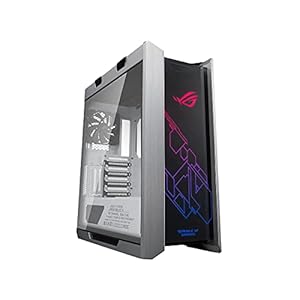The most important reveal at Meta’s Join occasion was its long-promised AR glasses, Orion. As anticipated, the prototype, every of which reportedly prices round $10,000, gained’t be prepared for the general public any time quickly.
Within the meantime, Meta supplied a glimpse of its new holographic avatars, which is able to enable folks to speak with lifelike holograms in augmented actuality. The holograms are Meta’s Codec Avatars, a expertise it’s been engaged on for a number of years. Mark Zuckerberg teased a version of this final yr when he participated in a podcast interview “within the metaverse.”
That expertise might now be nearer than we expect. Following the keynote at Join, I sat down with Mark Rabkin, a VP at Meta main Horizon OS and Quest, who shared extra about Meta’s codec avatars and the way they are going to sooner or later come to the corporate’s VR headsets as effectively.
“Typically, just about every thing you are able to do on Orion you are able to do on Quest,” Rabkin mentioned. The Codec Avatars specifically have additionally gotten a lot simpler to create. Whereas they as soon as required superior digicam scans, many of the inside avatars at the moment are created with telephone scans, Rabkin explains.
“It’s an virtually similar course of in some ways in producing the stylized avatars [for VR], however with a special coaching set and a special quantity of computation required,” Rabkin defined. “For the stylized avatars, the mannequin must be skilled on a variety of stylized avatars and the way they appear and the way they transfer. [It has to] get a variety of coaching knowledge on what folks understand to appear to be their image, and what they understand to maneuver properly.”
“For the Codec avatars … it is the identical course of. You collect an incredible quantity of information. You collect knowledge from very high-quality, fancy digicam scans. You collect knowledge from telephone scans, as a result of that is how folks can be actually creating, and also you simply construct a mannequin till it improves. And one of many challenges with each issues is to make it quick sufficient and computationally low-cost sufficient in order that tens of millions and tens of millions can use it.”
Rabkin mentioned that he ultimately expects these avatars to have the ability to play in digital actuality on the corporate’s headsets. Proper now, the Quest 3 and 3S don’t have the required sensors, together with eye monitoring, obligatory for the photorealistic avatars. However that would change for the next-generation VR headset, he mentioned: “I feel in all probability, if we do very well, it ought to be doable within the subsequent technology [of headset].”
Trending Merchandise















